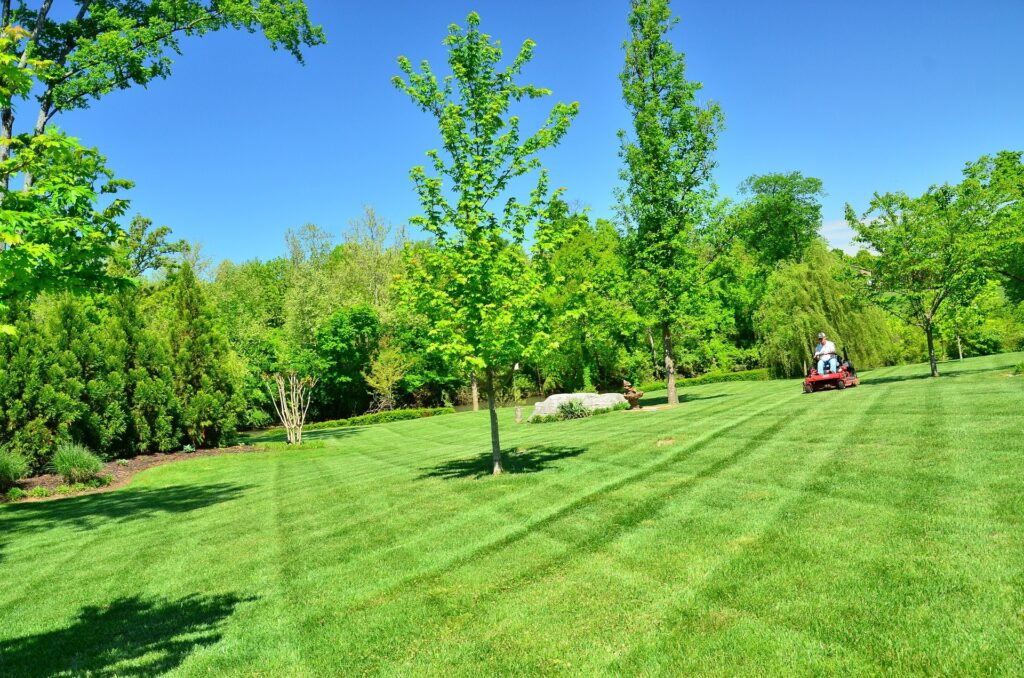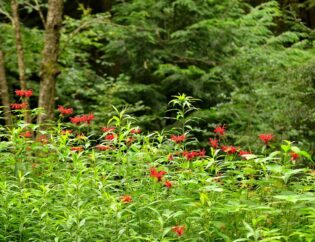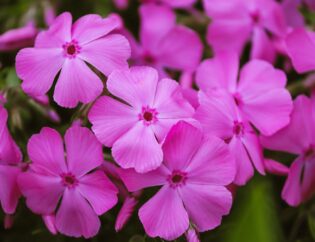
As a homeowner, working to make your home beautiful should be one of your top goals – not only the inside but the outside as well. That’s because, as Haas Properties says, investing in landscaping increases curb appeal and can make your home more interesting and inviting.
But to perfect the look of your yard’s landscape, you need to adhere to certain rules. So, without further ado, here are 7 rules to keep in mind when landscaping.
Rule #1: Choose the Right Plants for Your Climate

You have plenty of choices to make, from grass to trees to the bushes lining your walkway. Choosing the right plants that are best suited for your climate can provide many benefits.
For one, they won’t require more maintenance than it’s worth. This ensures success and longevity. Secondly, they don’t require too much water in a dry climate, so they are easier to maintain.
So, if you live in Southern California, for example, you want to make sure you plant buffalo grass or Bermuda and not Kentucky bluegrass.
Rule #2: Don’t Let Your Existing Layout Restrict You
Changing the landscaping isn’t as expensive and time-consuming as knocking down walls inside your house. If you make a design flub and a shrub that you planted dies, or you simply no longer have a love for it, you can uproot it and try again.
That said, be cautious when planting very large shrubs and trees. Do your research to check for size at maturity and be sure to give plenty of room between the plant and nearby structures.
Many new homeowners are overly cautious about changing the existing landscaping. If the design isn’t working, consider making improvements that are more to your taste. From a practical standpoint, sometimes existing trees produce excess pollen or seed pods and become a nuisance. Removing them improves enjoyment of the property and is well worth the effort.
Rule #3: Contact Your Homeowner’s Insurance Provider

You will want to contact your insurance provider for any scenarios where you’ve added a backyard shed, installed a pool, or built an outdoor kitchen.
Broadly speaking, if you’ve added a section to your house that boosts its value, ensure to contact your rep to see whether more insurance is necessary. This is critical to help protect your investment.
While this may mean a premium increase, the alternative is for the new investment not to be covered in the event your home gets damaged. Even worse, it may mean that you may forfeit any coverage should you need to make a claim.
Rule #4: Ensure Your Yard Slopes in the Right Direction
Water damage is the number one cause of interior insurance claims for homeowners. As such, it’s in your best interest to make sure that rainwater flows away from your home and not towards it. Otherwise, you risk the runoff being directed right under your house or into your basement.
Besides the risk of water damage, negative drainage landscaping can also prevent your home from selling at its true value. So, what’s a good slope for a yard? Well, experts recommend that it be 2% or a quarter-inch per foot. The grade, as an example, at a spot 4 feet away from your home should be one inch lower than the grade adjacent to your home.
Rule #5: Understand Local Ordinances
When planning your landscape, it’s also important to stay within the limits for development and understand which projects may require permits. And the only way to know this is by reading up on local ordinances and any restrictions your HOA may have established.
For instance, you may only be allowed to cover 30-40% of your home with a deck, pavement, or other structure. The other 60-70% – including your house footprint – would be left free of structures so the ground absorbs rainwater.
Rule #6: Be Proactive About Your Lawn

To keep your lawn healthy year after year, you need to be proactive about it. The following are a couple of things to ensure this:
- Clean and pack debris regularly. Play items from children, wrappers from snacks and other food, cut grasses, droppings from trees and several other items may constitute a nuisance and subsequently affect your lawn if left on the lawn for long.
- Cut your lawn grass to the right height every time to avoid over-exposing the grassroots to the heat from the sun. As a rule of thumb, cut only one-third of the length of the grass at each cutting.
- Water your lawn properly. Some grass, for instance, requires more watering than others. So, identify the type of grass you have so you can apply water accordingly.
- Apply fertilizer regularly. Fertilizers add back depleted nutrients and operate like a multivitamin for your lawn.
Rule #7: Avoid Crowding Your Yard
Artists know that it can be difficult to know when the piece is finished. Much like a painting, a landscape benefits from balance and space. While it can be tempting to clutter the yard, most landscaping will appear more professional and upscale if homeowners are careful to include room to breathe in the final design.
An easy way to make things feel more spacious is to start with good proportions from the start. Don’t overwhelm a small yard with an over-sized pool. Build green space and curves into the hardscape to balance stone and concrete. And, getting back to our first landscaping rule, choose the right plants with the right size.
For best results, you want to size your outdoor living area or patio appropriately to your home. Choose patio furniture that fits with the style and color scheme of the rest of the yard, but be conservative with the number of pieces, especially for a small area.
Want to Improve Your Curb Appeal?
At Atlanta Turf & Tree, we take pride in a job well done and have been crafting beautiful, lasting landscapes since 2007. With over 35 years of combined experience, our landscaping services experts are standing by to assist with your next project.









